Discover the differences between 360°, 180°, and 270° crankshaft angles in parallel-twin motorcycle engines, how each affects power, sound, and feel, plus which bikes use them.
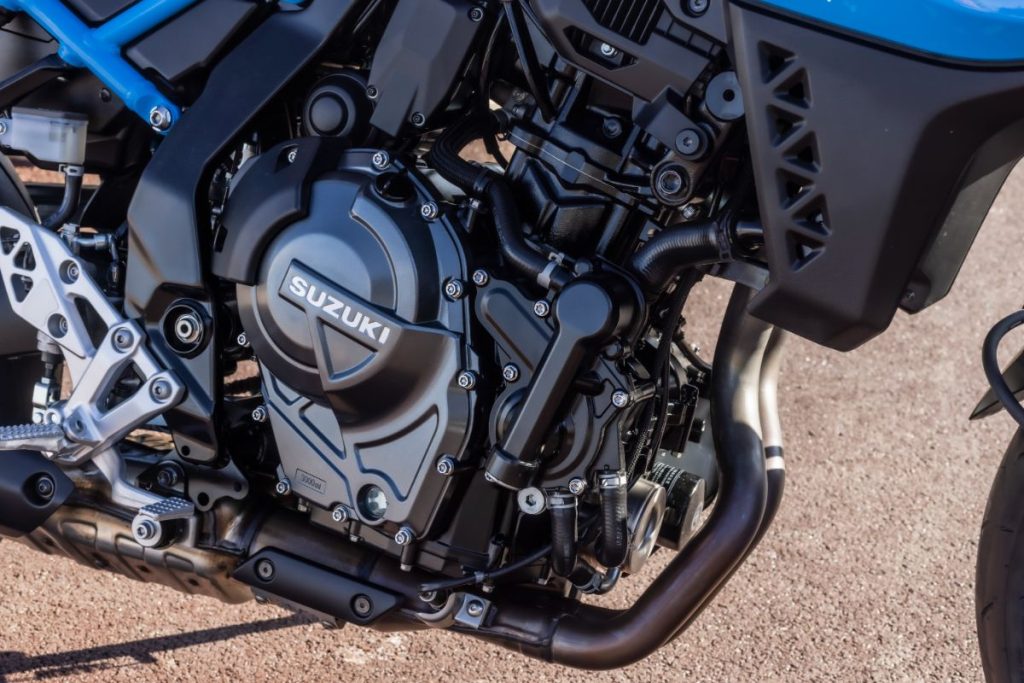
Subscribe to our Instagram Channel for instant news & updates!
Parallel-twin engines are popular because they offer a great mix of power, compact size, and smooth performance. But not every twin-cylinder engine behaves the same. One key factor that shapes its character is the crankshaft angle. The three main types are 360°, 180°, and 270°, each creating a different sound, power delivery, and riding feel. Knowing how these crankshaft designs work helps riders understand why their motorcycles feel so different on the road.

360° Crankshaft: The Classic and Smooth Performer
The 360° crankshaft is the most traditional design for parallel-twin engines. In this setup, both pistons move up and down together, with one firing while the other completes its exhaust stroke. This produces even power pulses and a smooth, predictable throttle response, similar to the feel of a boxer-twin engine.
Because of its calm and consistent power delivery, the 360° crankshaft is common in motorcycles built for comfort and cruising. It’s smooth, easy to manage, and perfect for everyday rides. However, its balanced nature means it doesn’t deliver the same punch or excitement as newer crank designs.
You can find the 360° crank in motorcycles like the Royal Enfield Interceptor 650, Continental GT 650, and the Triumph Bonneville T100 and T120. These bikes are known for their relaxed, classic character, just like the crankshaft that powers them.

180° Crankshaft: The High-Revving Screamer
The 180° crankshaft takes a very different approach. Here, one piston moves up while the other moves down, firing once every half rotation. This design will allow the engine to rev higher and produce a sportier, more aggressive sound.
A 180° twin feels sharp and energetic, with a smooth power flow at high RPM. It’s perfect for riders who love performance and quick throttle response. However, because the pistons move in opposite directions, this layout creates more vibration and less natural balance. The firing intervals are also uneven, which can make the engine feel slightly rough at lower speeds.
Motorcycles using this design include the Honda CBR500R, CB500F, CB500X, and the Kawasaki Ninja 400. Older performance bikes like the Suzuki GS500 also use this setup. These models are built for riders who enjoy a free-revving, high-energy engine character.
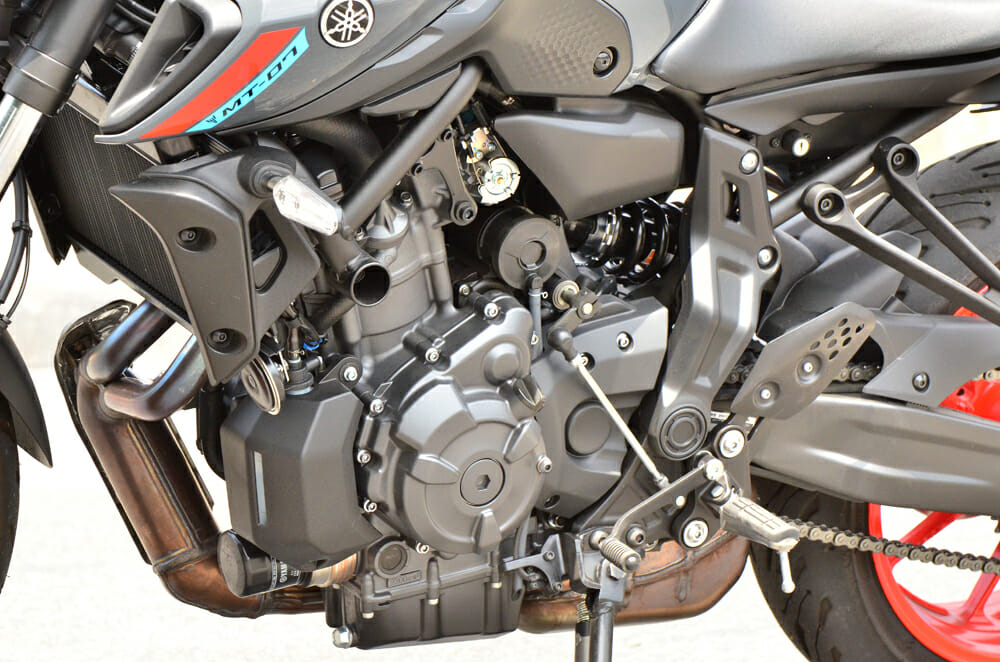
270° Crankshaft: The Modern Torque Master
The 270° crankshaft is the modern favorite among manufacturers. In this setup, the crankpins are offset by 270 degrees, creating a firing order similar to a 90° V-twin. This gives the engine a deeper sound and stronger low-end torque.
A 270° twin feels lively and full of character. The uneven firing order gives better traction during acceleration, especially when exiting corners. Riders love the pulsing rhythm and the strong mid-range power, which make the bike both fun and practical for daily use.
You’ll find 270° crank engines in models like the Yamaha MT-07, XSR700, Tenere 700, Triumph Trident 660, Street Twin, Honda CB750 Hornet, and Kawasaki Eliminator 500. These bikes combine power, sound, and emotion in a way that makes every ride more engaging.
/cloudfront-us-east-1.images.arcpublishing.com/octane/5S3UIJ6X3NDHBMZKJIZC5YNIKY.jpg)
How Crankshaft Angles Affect Riding Feel
Each crankshaft angle changes how a motorcycle feels. The 360° crank delivers smooth, predictable power and is ideal for calm, classic rides. The 180° crank feels more responsive and sporty, giving a sense of speed and urgency. Meanwhile, the 270° crank offers a deep, throaty sound and strong torque that makes the ride more exciting and emotional.
Choosing between them depends on what kind of rider you are. If you love comfort and refinement, go for a 360°. If you enjoy revving high and chasing performance, the 180° is your match. And if you want a punchy, modern ride full of character, the 270° crankshaft will be your favorite.
Conclusion
The crankshaft angle is more than just a number, it defines the soul of a motorcycle. The 360° crankshaft is smooth and classic, the 180° crankshaft is fast and sporty, and the 270° crankshaft blends torque with emotion. Each type delivers its own unique rhythm, sound, and feel. Whether you ride a relaxed cruiser, a high-revving sportbike, or a torquey modern twin, the crankshaft angle is what gives your motorcycle its true character. With just two cylinders, this engine design can create three very different riding experiences, each with its own unique sound, feel, and soul.



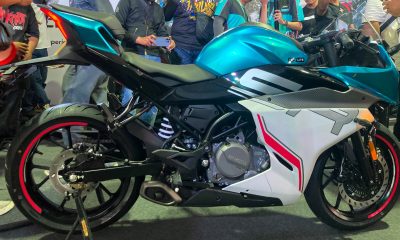
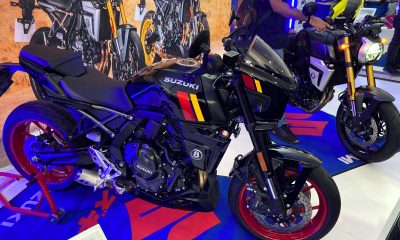
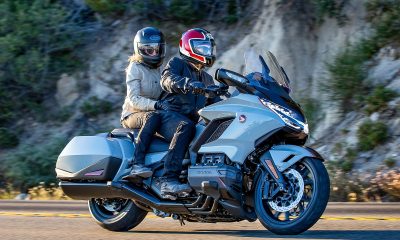
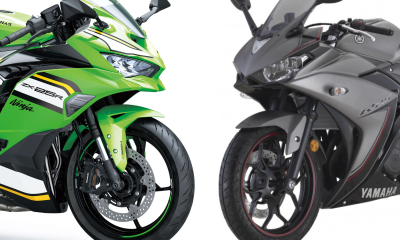
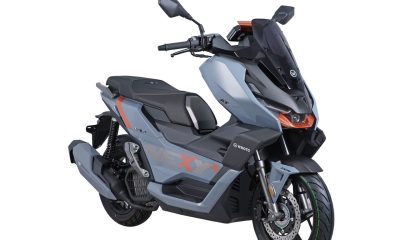

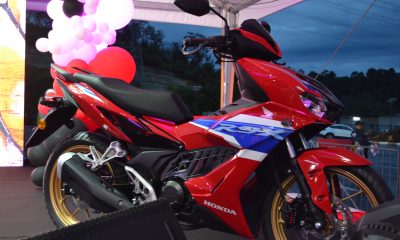
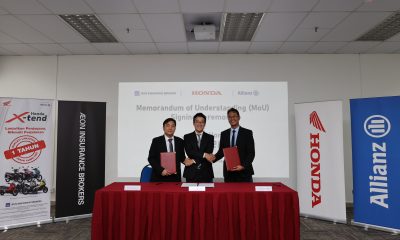
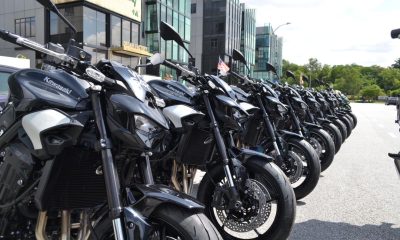

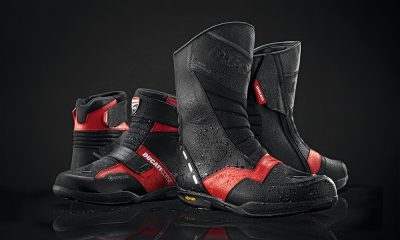
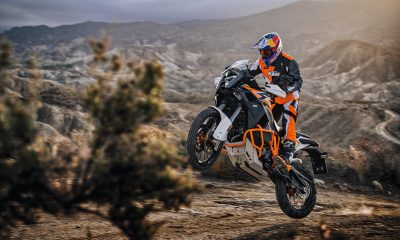
















Facebook
Instagram
X (Twitter)
YouTube
LinkedIn
RSS